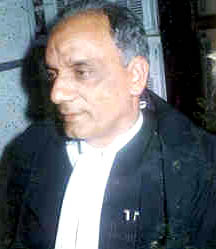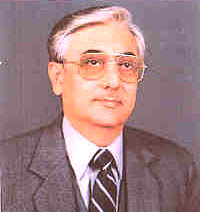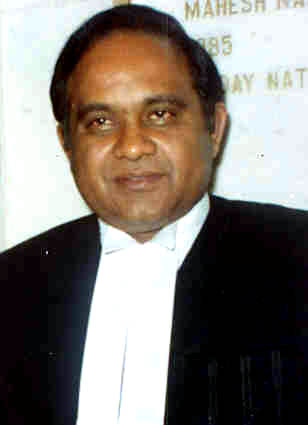PART – III – MATHEMATICS
1. Matrices and their Applications
Adjoint, inverse – properties, computation of inverses, solution of system of linear equations by matrix inversion method.
Rank of a matrix – elementary transformation on a matrix, consistency of a system of linear equations, Cramer’s rule, nonhomogeneous equations, homogeneous linear system and rank method.
Solution of linear programming problems (LPP) in two variables.
2. Trigonometry and Complex Numbers
Definition, range, domain, principal value branch, graphs of inverse trigonometric functions and their elementary properties.
Complex number system – conjugate, properties, ordered pair representation.
Modulus – properties, geometrical representation, polar form, principal value, conjugate, sum, difference, product, quotient, vector interpretation, solutions of polynomial equations, De Moivre’s theorem and its applications.
Roots of a complex number – nth roots, cube roots, fourth roots.
3. Analytical Geometry of two dimensions
Definition of a conic – general equation of a conic, classification with respect to the general equation of a conic, classification of conics with respect to eccentricity.
Equations of conic sections (parabola, ellipse and hyperbola) in standard forms and general forms- Directrix, Focus and Latusrectum – parametric form of conics and chords. – Tangents and normals – Cartesian form and parametric form- equation of chord of contact of tangents from a point (x1 ,y1) to all the above said curves.
Asymptotes, Rectangular hyperbola – Standard equation of a rectangular hyperbola.
4. Vector Algebra
Scalar Product – angle between two vectors, properties of scalar product, and applications of dot product. Vector product, right handed and left handed systems, properties of vector product, applications of cross product.
Product of three vectors – Scalar triple product, properties of scalar triple product, vector triple product, vector product of four vectors, scalar product of four vectors.
5. Analytical Geometry of Three Dimensions
Direction cosines – direction ratios – equation of a straight line passing through a given point and parallel to a given line, passing through two given points, angle between two lines.
Planes – equation of a plane, passing through a given point and perpendicular to a line, given the distance from the origin and unit normal, passing through a given point and parallel to two given lines, passing through two given points and parallel to a given line, passing through three given non-collinear points, passing through the line of intersection of two given planes, the distance between a point and a plane, the plane which contains two given lines (co-planar lines), angle between a line and a plane.
Skew lines – shortest distance between two lines, condition for two lines to intersect, point of intersection, collinearity of three points.
Sphere – equation of the sphere whose centre and radius are given, equation of a sphere when the extremities of the diameter are given.
6. Differential Calculus
Limits, continuity and differentiability of functions – Derivative as a rate of change, velocity, acceleration, related rates, derivative as a measure of slope, tangent, normal and angle between curves.
Mean value theorem – Rolle’s Theorem, Lagrange Mean Value Theorem, Taylor’s and Maclaurin’s series, L’ Hospital’s Rule, stationary points, increasing, decreasing, maxima, minima, concavity, convexity and points of inflexion.
Errors and approximations – absolute, relative, percentage errors – curve tracing, partial derivatives, Euler’s theorem.
7. Integral Calculus and its Applications
Simple definite integrals – fundamental theorems of calculus, properties of definite integrals.
Reduction formulae – reduction formulae for ∫ sinn x dx and ∫ cosnn x dx, Bernoulli’s formula.
Area of bounded regions, length of the curve.
8. Differential Equations
Differential equations – formation of differential equations, order and degree, solving differential equations (1st order), variables separable, homogeneous and linear equations.
Second order linear differential equations – second order linear differential equations with constant co-efficients, finding the particular integral if f(x) = emx, sin mx, cos mx, x, x2.
9. Probability Distributions
Probability – Axioms – Addition law – Conditional probability – Multiplicative law – Baye’s Theorem – Random variable – probability density function, distribution function, mathematical expectation, variance
Theoretical distributions – discrete distributions, Binomial, Poisson distributions- Continuous distri butions, Normal distribution.
10. Discrete Mathematics
Functions – Relations – Basics of counting.
Mathematical logic – logical statements, connectives, truth tables, logical equivalence, tautology, contradiction.
Groups-binary operations, semi groups, monoids, groups, order of a group, order of an element, properties of groups.





